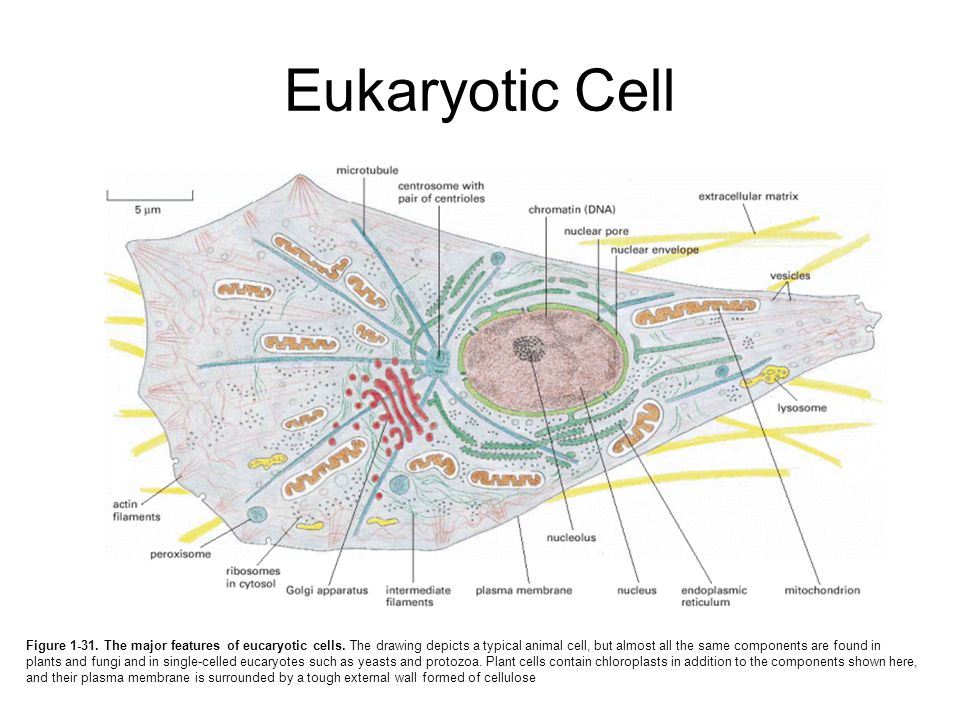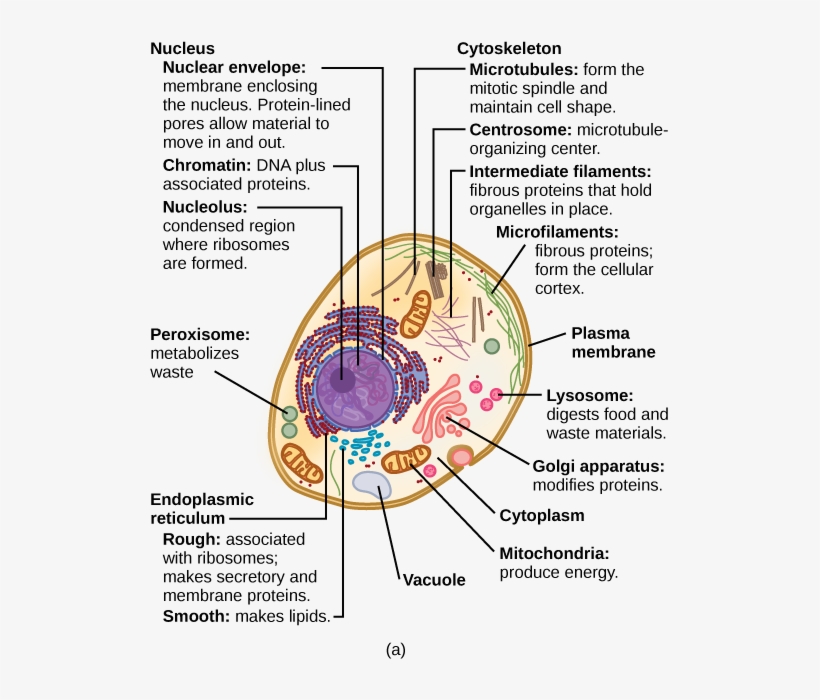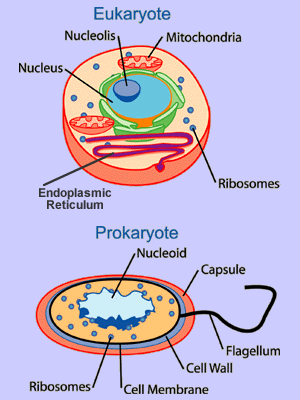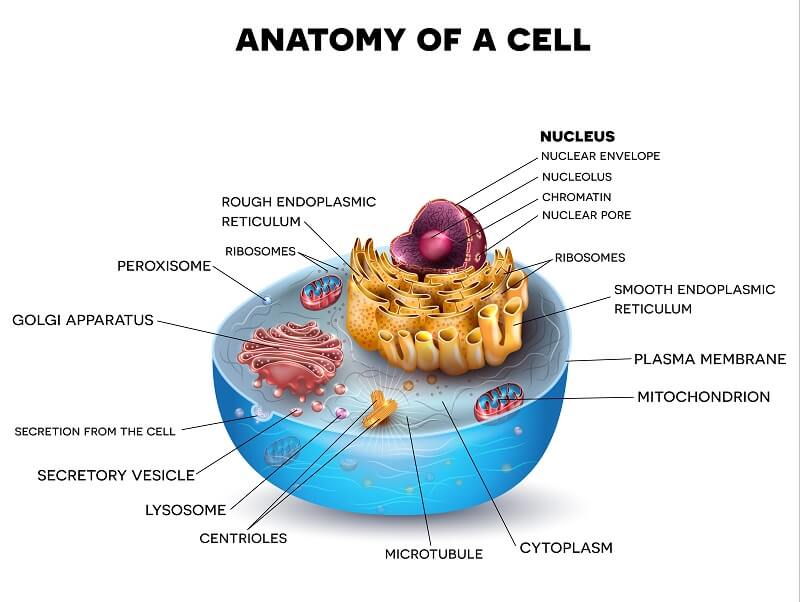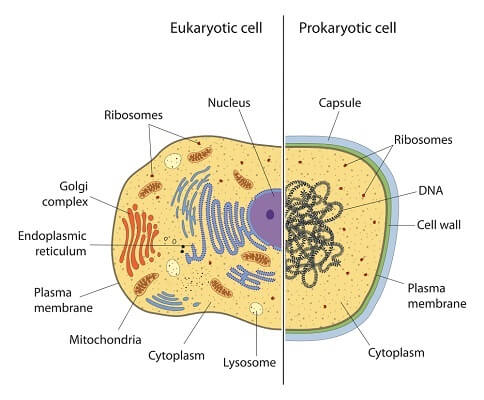Eukaryotic Cell Diagram Dna, Cross Section Diagram Of Prokaryotic And Eukaryotic Cells Stock Photo Picture And Royalty Free Image Image 2567617
- 3 Transcription And Translation For Eukaryote Cells Transcription Download Scientific Diagram
- Cell Structure And Function
- Eukaryotic Cell Structure Eukaryotic Cell Structure Eukaryotic Cell Cell Structure Animal Cell Project
- Week 2 How Do Antibiotics Work 1 1 Cell Structure Openlearn Open University Uar 1
- Dna In Animal Cell Definition Photos Download Jpg Png Gif Raw Tiff Psd Pdf And Watch Online
- Prokaryotic Cell Definition Examples Structure Biology Dictionary
- Cells A Level Biology Aqa Revision Study Rocket
- Eukaryotic Cells Boundless Biology
- Prokaryotic And Eukaryotic Cells Scientist Cindy
- Schematic Representation Of Membrane Less Organelles Mlos Download Scientific Diagram
Find, Read, And Discover Eukaryotic Cell Diagram Dna, Such Us:
- An Overview Of Ribosome Biogenesis In An Eukaryotic Cell Transcription Download Scientific Diagram
- Cell Cycle Diagram The Eukaryotic Cell Cycle Cells That Are Destined To Divide Progress Cell Cycle Eukaryotic Cell Cell Biology
- Animal Cells And The Membrane Bound Nucleus
- Internal Structures Of Eukaryotic Cells Microbiology Master
- Untitled Document
If you re looking for Animal Cell And Plant Cell Easy Diagram you've reached the right location. We have 103 images about animal cell and plant cell easy diagram adding pictures, pictures, photos, wallpapers, and more. In such page, we also have variety of images out there. Such as png, jpg, animated gifs, pic art, symbol, blackandwhite, translucent, etc.
The difference between a eukaryotic cell and a prokaryotic cell is simple.
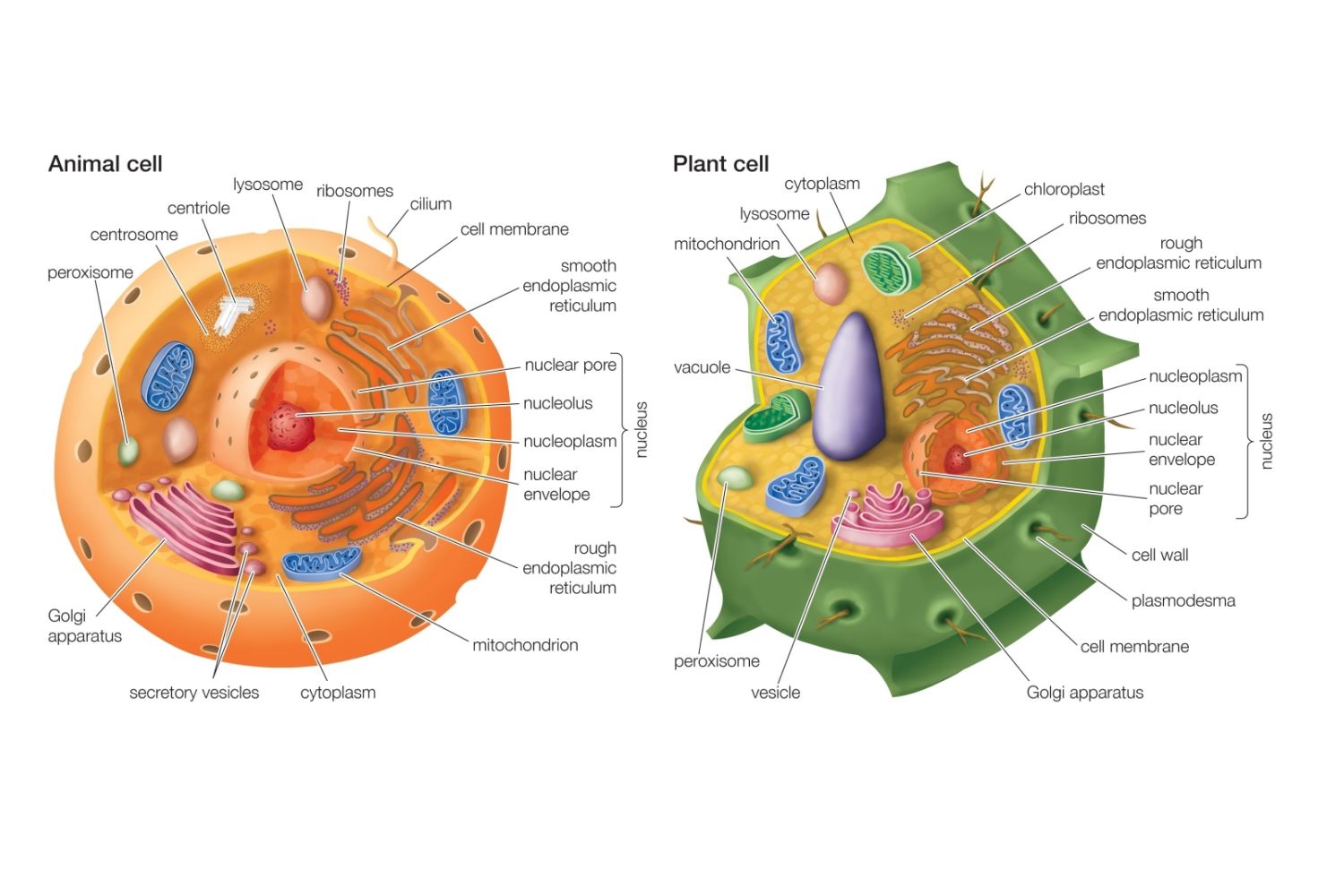
Animal cell and plant cell easy diagram. There is another basic cell structure that is present in many but not all living cells. Eukaryotic cells include animal cells including human cells plant cells fungal cells and algae. Thats distinct from prokaryotic cells which have a nucleoid a region thats dense with cellular dna but dont actually have a separate membrane bound compartment like.
Those cells which possess an organised nucleus with a nuclear envelope. It is present in all eukaryotic cells except human red blood cells and sieve cells of plants. This means that their cells have a membrane bound nucleus and several other membrane bound structures called organelles.
Eukaryotic cells have a true nucleus which means the cells dna is surrounded by a membrane. The nucleus endoplasmic reticulum cytoplasm mitochondria ribosomes lysosomes are clearly mentioned in the diagram. The histones are small and basic proteins rich in amino acids such as lysine andor arginine.
In addition to organization of dna in prokaryotes and lower eukaryotes in eukaryotes the dna helix is highly organised into the well defined dna protein complex termed as nucleosomes. Cis face forming face it faces the plasma membrane and receives secreted material in vesicles. In a eukaryotic cell.
Eukaryotic cell vs prokaryotic cell. The cisternae are arranged in parallel and concentrically near the nucleus as follows. Eukaryotic cell diagram mentioned below depicts different cell organelles present in eukaryotic cells.
Typically the nucleus is the most prominent organelle in a cell. Eukaryotic cells are characterized by a membrane bound nucleus. Humans and many other organisms have eukaryotic cells.
The nucleus of a cell is a structure in the cytoplasm that is surrounded by a membrane the nuclear membrane and contains and protects most of the cells dna. Explore more about cell organelles eukaryotic cell diagram illustrated above shows the presence of a true nucleus. Therefore the nucleus houses the cells dna and directs the synthesis of proteins and ribosomes the cellular organelles responsible for protein synthesis.
Eukaryotic cells have membrane bound organelleswithin a prokaryotic cell such as a bacteria the dna simply floats around the cytoplasmwhile prokaryotic cells do have one type of organelle ribosomes these organelles are not covered in a plasma membrane. Some of the important characteristics of eukaryotic cells are cytoskeletal structure membrane bound organelles organisation of genetic material into chromosomes. Among the proteins the most prominent are the histones.
Animal Cell And Plant Cell Easy Diagram, What S The Difference Between Prokaryotic And Eukaryotic Cells Howstuffworks
- Animal Cell The Definitive Guide Biology Dictionary
- Eukaryotic Cell Structure Biology Wise
- Is Dna Prokaryotic Or Eukaryotic Quora
Animal Cell And Plant Cell Easy Diagram, Cells Where Is Dna Found In A Cell Ancestrydna Learning Hub
- Here S How Plant And Animal Cells Are Different Howstuffworks
- Dna Packaging In Eukaryotes And Prokaryotes Biology For Majors I
- Https Encrypted Tbn0 Gstatic Com Images Q Tbn And9gcscmvm7sexx93bvgeim80396ehazmbtlkduxpkjsfyk2ekx7v8j Usqp Cau
Animal Cell And Plant Cell Easy Diagram, Internal Structures Of Eukaryotic Cells Microbiology Master
- Unique Characteristics Of Eukaryotic Cells Microbiology
- Eukaryotic Cell Structure Biology Wise
- 3 2 Comparing Prokaryotic And Eukaryotic Cells Concepts Of Biology 1st Canadian Edition
More From Animal Cell And Plant Cell Easy Diagram
- Cardiac Muscle Diagram
- 2006 Ford F350 Fuse Diagram
- Blood Circulation Of Heart Flow Chart
- Draw Electron Dot Structure Of Water Molecule
- Hcl Molecular Orbital
Incoming Search Terms:
- Prokaryotic Cell Definition Examples Structure Biology Dictionary Hcl Molecular Orbital,
- Dna Packaging In Eukaryotes And Prokaryotes Biology For Majors I Hcl Molecular Orbital,
- Intro To Eukaryotic Cells Article Cells Khan Academy Hcl Molecular Orbital,
- Untitled Document Hcl Molecular Orbital,
- Detailed Description Of Eukaryotic Nucleus Cell Biology The Biology Notes Hcl Molecular Orbital,
- 2 3 Eukaryotic Cells Bioninja Hcl Molecular Orbital,

